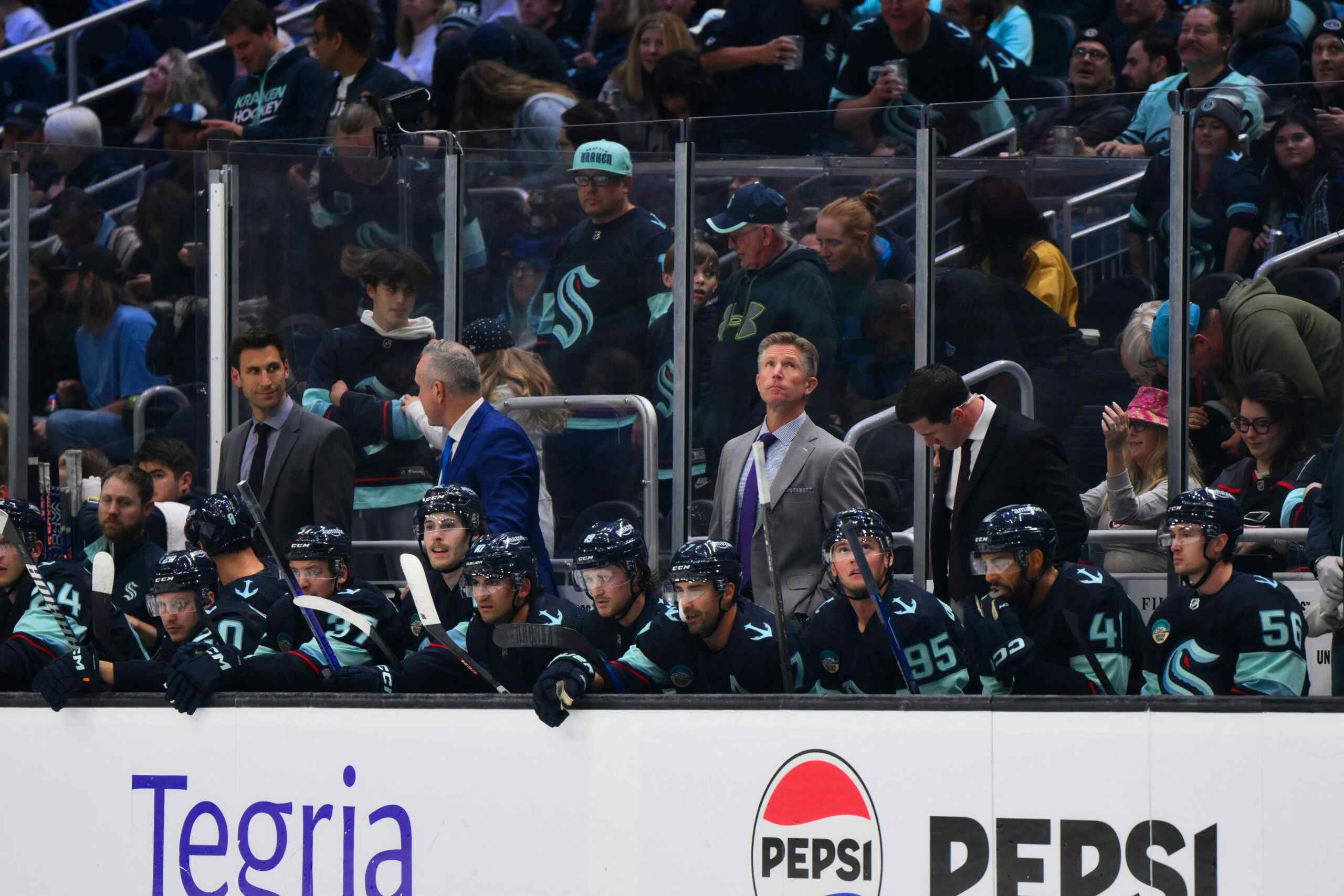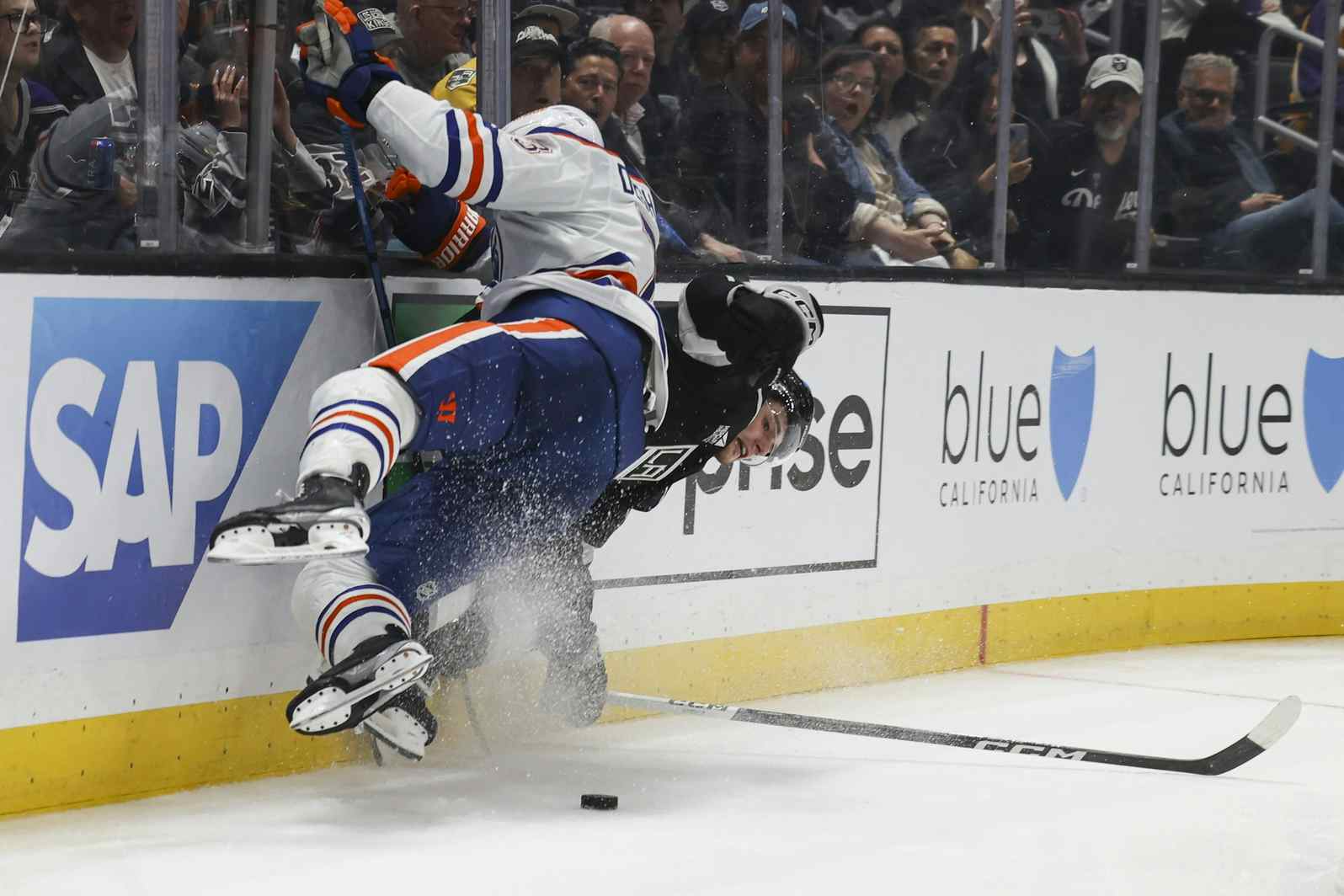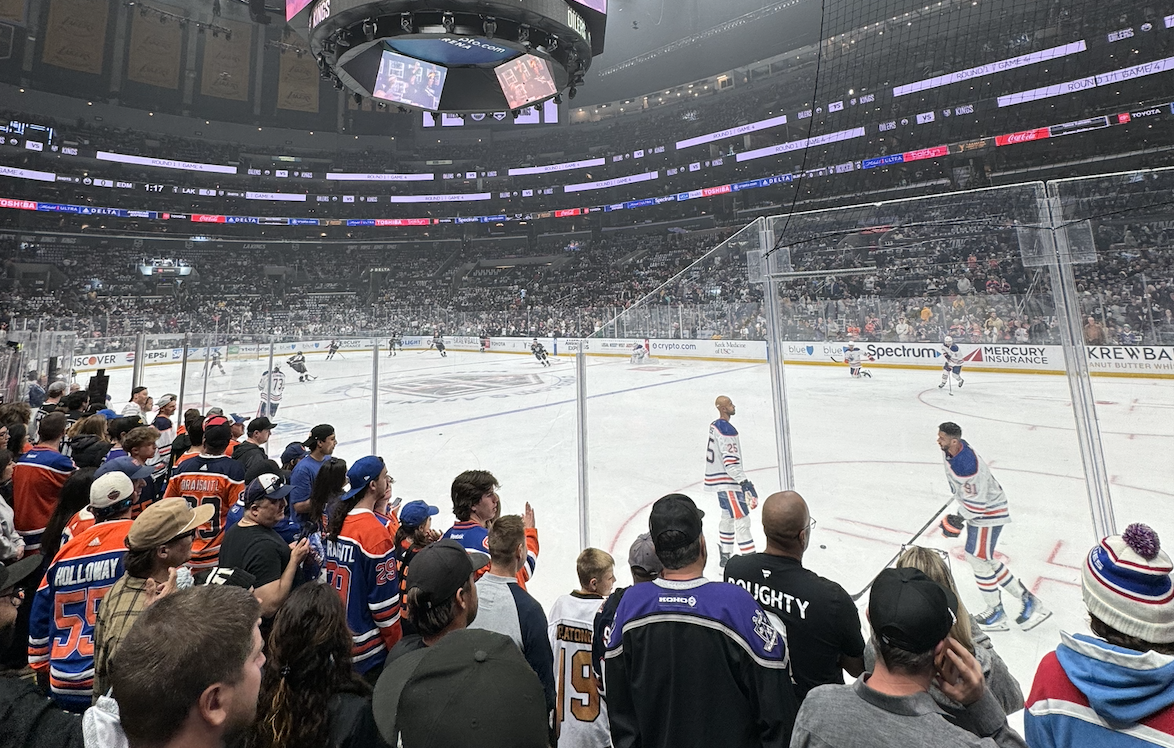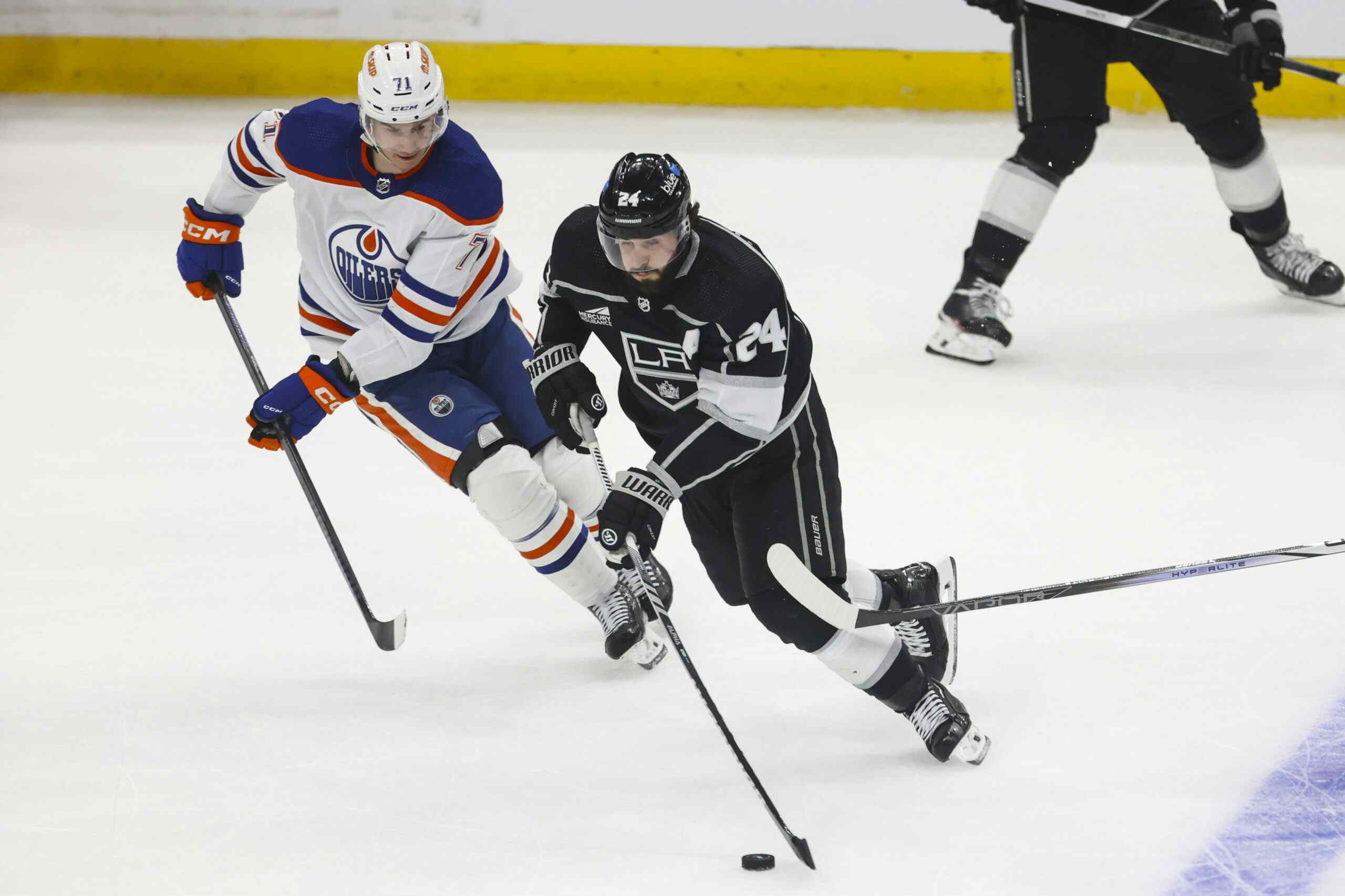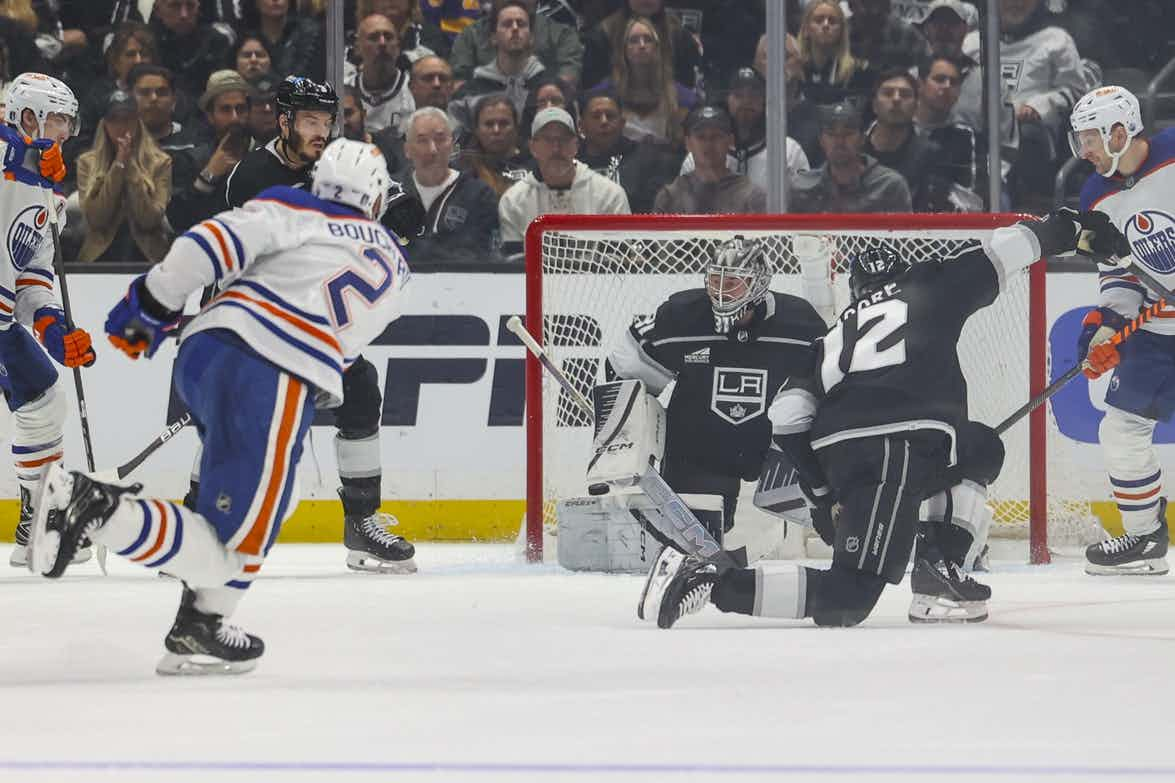Benning the Numbers (Part 2)
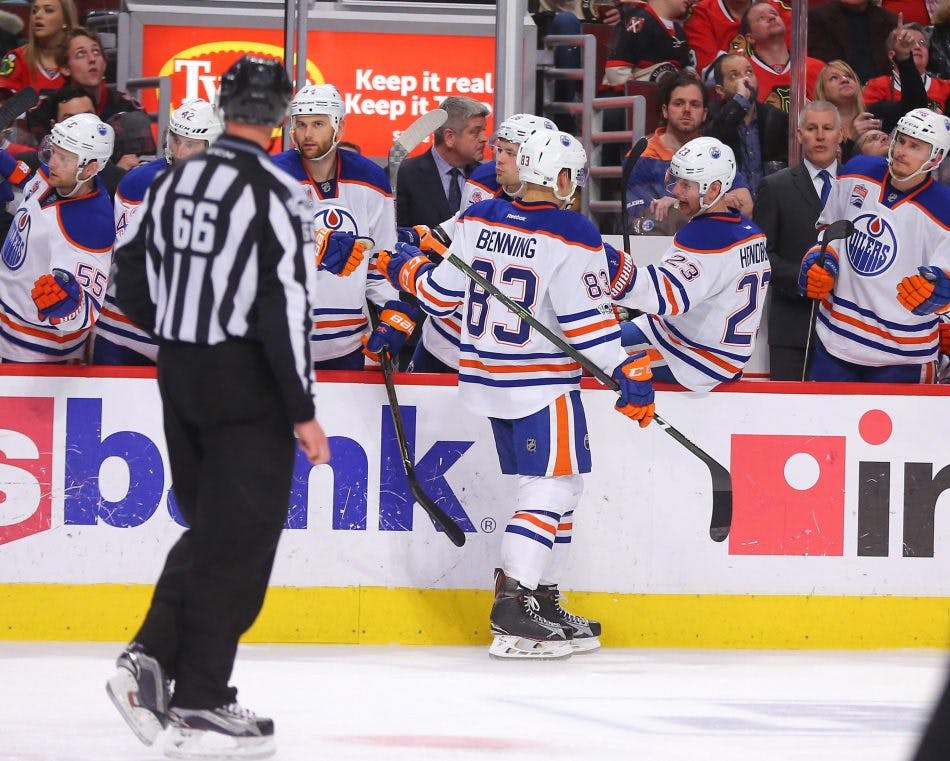
In Part 1 of this series of articles, I pulled a variety of key statistics on Matt Benning that I use to characterize and assess players, particularly defenders.
Those numbers should have reconciled well for you vis a vis the eye test. We have a player who helps the team a lot on the attack, but his efforts are partly offset by his defensive shortcomings. He gives up a lot on defense, and is not a good penalty kill guy.
Even so, overall the team does better than break even with Matt Benning on the ice, and that should generally be considered a success for any 3rd pair guy. His strength on PP2 is a bonus.
But wait! There’s a fly in this ointment (there always is).
Benning isn’t alone on the ice. While his on-ice numbers do a decent job of capturing his influence on the team and his teammates, what about the influence of those teammates on him?
Let’s take a look.
Fayning Interest

Like penalty differential, another now-longstanding addition to my statistical overview of defenders is to look at their results with defensive partners. We can call this the “Fayne” lesson.
Back in the day, analytics types ripped almost every defensive trade/signing made by the Oilers, and with good reason. Mark Fayne was an exception – one of the few defensive signings that were Analytics Approved(tm).
<stats rant>
People often use that circumstance to incorrectly blame the Fayne signing on analytics. Nuh uh. In reality, Fayne was signed by a distinctly non-analytics GM, and the signing was universally lauded by old school SEEN ‘IM GOOD MOAR BIG types. Because Fayne was big, he was a veteran, and he had solid results on a defensively well coached team.
So if you want to try and use Mark Fayne as an example of some sort of analytics mistake which invalidates the entire field, you should also acknowledge that he was a scouting/seen him good mistake and invalidate those approaches as well, no?
</stats rant>
In any case, while I doubt the analytics naysayers learned anything, one big difference is that analytics folks after the fact asked the question as to why the numbers were mistaken on Fayne. As it turned out, Fayne’s numbers were goosed by the fact that he was playing within the paint-dryingly locked-down New Jersey system, which was a good fit for him. More importantly, he did this while partnered with the (at the time) outstanding Andy Greene. That made him look a lot more capable than he was.
Context matters, eh?
Joshua Tree
Since then, no analysis, especially of a defender, is complete without some sort of U2 (WOWY – with or without you) analysis.
Here are Benning’s results with and without his 5 most common defensive partners.
| Partner | EVTOI with | CF% with | CF% wo | CF% wo Benning | GF% with | GF% wo | GF% wo Benning |
| Klefbom | 537 | 50.4 | 52.7 | 51.7 | 47.7 | 60.6 | 41.3 |
| Sekera | 211 | 49.8 | 53.4 | 45.8 | 25.0 | 60.0 | 21.4 |
| Auvitu | 115 | 52.7 | 50.4 | 51.3 | 61.5 | 65.2 | 63.0 |
| Russell | 100 | 45.8 | 51.9 | 47.8 | 57.0 | 51.0 | 43.8 |
| Nurse | 96 | 58.0 | 50.5 | 50.0 | 83.0 | 47.0 | 52.7 |
A few things stand out.
One is that, overall, while there’s variation here and there, Benning’s results were not goosed by his partners. He did well with almost everyone, and the others, for the most part, did not do better away from him. (There is a statistic that summarizes this WOWY effect into a single number, called a “RelTM” statistic. Benning sits at a healthy +1.41 for shot attempts and an excellent +9.15 for goals by that measure)
The second thing that pops out of these numbers for me is that I sure hope the Oilers try Benning with Nurse next season. While the ice time is too small to draw any sort of robust conclusion, in the equivalent of 6 to 8 games of ice time together, they do appear to work well. Really well. It’s worth a try.
And thirdly, I’m still scratching my head over why the Oilers let Yohann Auvitu go. Yes, he was quite bad defensively, and sheltered like a Sarah McLachlan song. But man, the Oilers outscored like a bat out of Heck with him on the ice.
In any case – we can be pretty comfortable that this isn’t a Fayne situation. Benning’s decent numbers follow him through his pairings, they aren’t because he’s always partnered with someone amazing.
The McDavid Effect

Nov 9, 2017; Newark, NJ, USA; Edmonton Oilers center Leon Draisaitl (29) celebrates with center Connor McDavid (97) and defenseman Matt Benning (83) after scoring the game winning goal in overtime at Prudential Center. Mandatory Credit: Ed Mulholland-USA TODAY Sports
Speaking of someone amazing … the bro with the sickest flow … by now we all know that a critical part of evaluating any Oilers player is to see to what extent his numbers were goosed by McDavid. It’s not a matter of if, it’s a matter of how much!
In Benning’s case, we see something interesting:
| with McD | without McD | |
| 5v5 TOI (mins) | 349 | 780 |
| 5v5 CF% | 52.8 | 50.4 |
| 5v5 GF% | 58.7 | 45.1 |
| 5v5 Points | 13 | 3 |
| All Situations Points | 15 | 7 |
Did you spot what I mean by interesting?
The uninteresting part is the individual scoring. Without McDavid (like Caggiula), Benning’s scoring dries right up. If we overemphasize Benning’s points in contract discussions, we’ll get in trouble. No surprise there.
That said, since Benning didn’t spend an unusual amount of time with McDavid, if we estimate what he’d look like with a “normal” top line player in place of McDavid, Benning would likely be closer to 15 points on the season. That’s noticeably weaker, but still OK for a third pairing guy.
The surprise to me is in the shot and goal metrics. Benning is one of the few players to hold his own when McDeity is not on the ice! His shot metrics are above breakeven. And while his GF% falls below breakeven, in both cases, Benning does considerably better than most of his teammates do without Connor – about 0.8% better on the shot metrics (vs 49.6%) and a full 4.5% better on the goals (vs 41.6%).
Given what we usually see in this regard, that’s a significant plus.
What We Learned
OK! So in part one, the numbers pointed to Benning as a capable third pairing defender with decent attacking ability mostly but not entirely offset by defensive shortcomings.
After pulling apart the WOWY and McDavid effects, well, for once it turns out that Benning is a depth guy who is actually still pretty capable when he’s away from McDavid.
This is good! A big problem the Oilers have is how terrible the team is when McDavid is not on the ice. It is more likely that Matt Benning is part of the solution rather than part of the problem.
In Part 3, I’ll use this information to pull together some comparables as a basis for evaluating Benning’s new contract.
Recent articles from OilersNerdAlert

